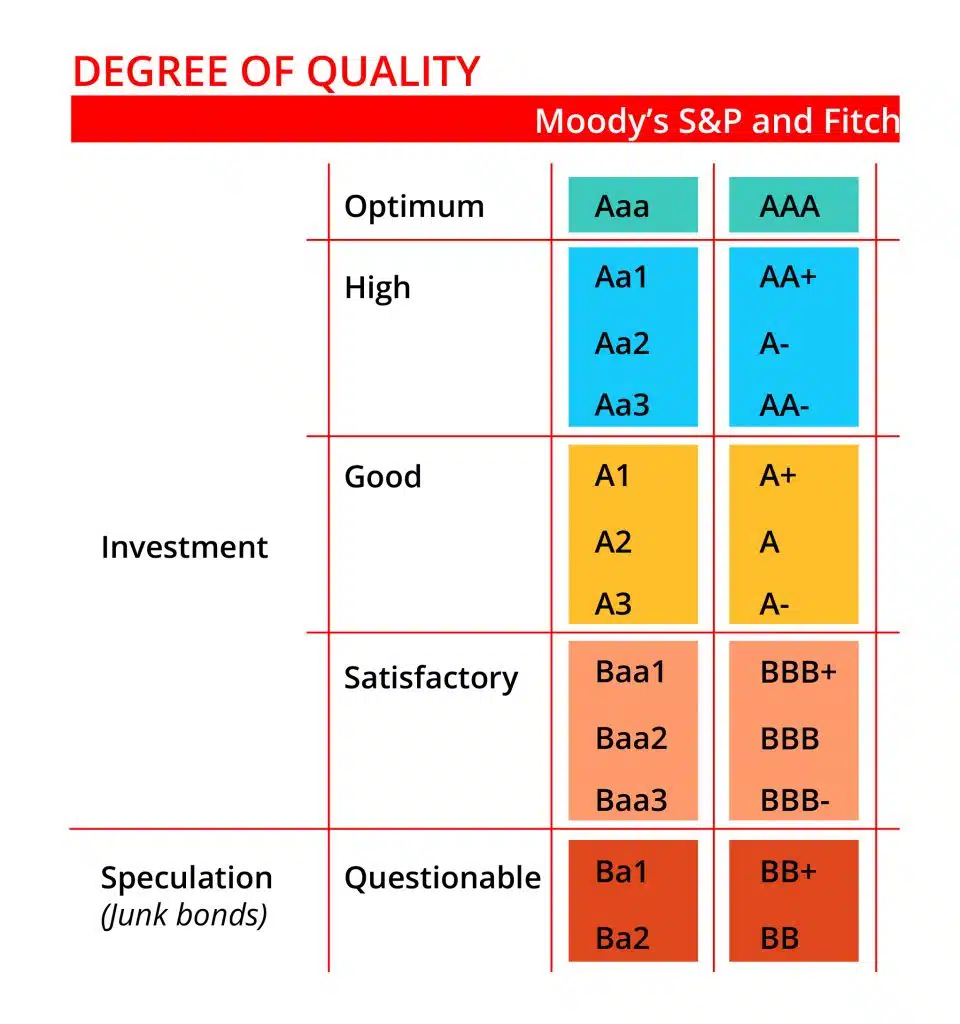ECONOMY| 26.06.2023
What are ratings and why are they important for companies and governments?
“No matter what a ratings agency tells us, we have always been, and will always be, a triple A country.” These words were uttered by Barack Obama on August 8, 2011. It was the first time that a president of the world’s leading power had reacted to the decision of a ratings agency, but it was also the first time in history that the country had lost the coveted AAA status.
Specifically, it was Standard & Poor’s that decided to take that step, in the middle of a political debate on whether or not the US debt ceiling was to be raised, which had the country teetering on the brink of a possible debt default, a debate that typically comes up whenever the country approaches its limit. (See related article What is the debt ceiling and why should it be of concern to investors?)
A rating is effectively a kind of label that indicates the capacity of a country or company to pay its debt. The scale goes from AAA, indicating the greatest repayment capacity, down to D, indicating default or nonpayment. A positive or negative symbol after the rating indicates that it is closer to an increase or decrease. Ratings are typically accompanied by a positive or negative perspective, called the outlook, which also indicates the likelihood of being upgraded or downgraded in the near term. Sometimes the ratings agency puts the rating under review (credit watch) before taking a course of action.

Prior to 2008, corporate or country credit ratings weren’t considered particularly newsworthy. That all changed abruptly with the collapse of subprime mortgage financing vehicles in the US, classified as AAA, which dragged down the whole financial system and many of the world’s economies. Just a few years later, the sovereign debt crisis came to a head, putting governments, companies and, of course, citizens back on edge. This provoked a wave of ratings downgrades to countries, and consequently, companies. Even the kingdom of Spain was close to attaining junk bond status (when a country falls to BB+), which is a critical moment because there is massive selloff of debt by bondholders who can’t stomach such high risk in their portfolios. This is the case with insurers, for example, who generally have a very conservative balance sheet due to the nature of their business and usually invest only in very high-quality public and corporate debt.
But why is the rating for a government or company so decisive? These scores are awarded by Standard & Poor’s, Moody’s and Fitch Ratings, although there are also smaller firms in this business too, such as DBRS and Scope. They indicate the capacity of a debt issuer, be it a government or a company, to repay the money lent to it by investors. And this ultimately translates into higher or lower financing costs. An AAA issuer (this club comprises select companies like Microsoft, and governments, such as Germany) pays much less for borrowing in the market, i.e. it has to offer lower returns to investors for its debt, than a BBB or BB issuer. A country or company that years ago had a AAA rating and ended up crashing to speculative or high-risk level (below BBB) is known in the financial world as a fallen angel.
The MAPFRE rating
Fitch, one of the largest agencies in the world, has just affirmed MAPFRE’s rating, which is at a high level, demonstrating the financial strength of the Group. Specifically, the agency maintains the insurer financial strength credit rating at A+, with a stable outlook, in response to the “strength of MAPFRE’s business profile, and solid capital levels and results.”
The ratings agency also explained that MAPFRE’s business profile “compares favorably with other Spanish insurance groups. MAPFRE has a very strong market position in Spain, where it is a leader in the Non-Life segment, and in Latin America, especially Brazil.”

